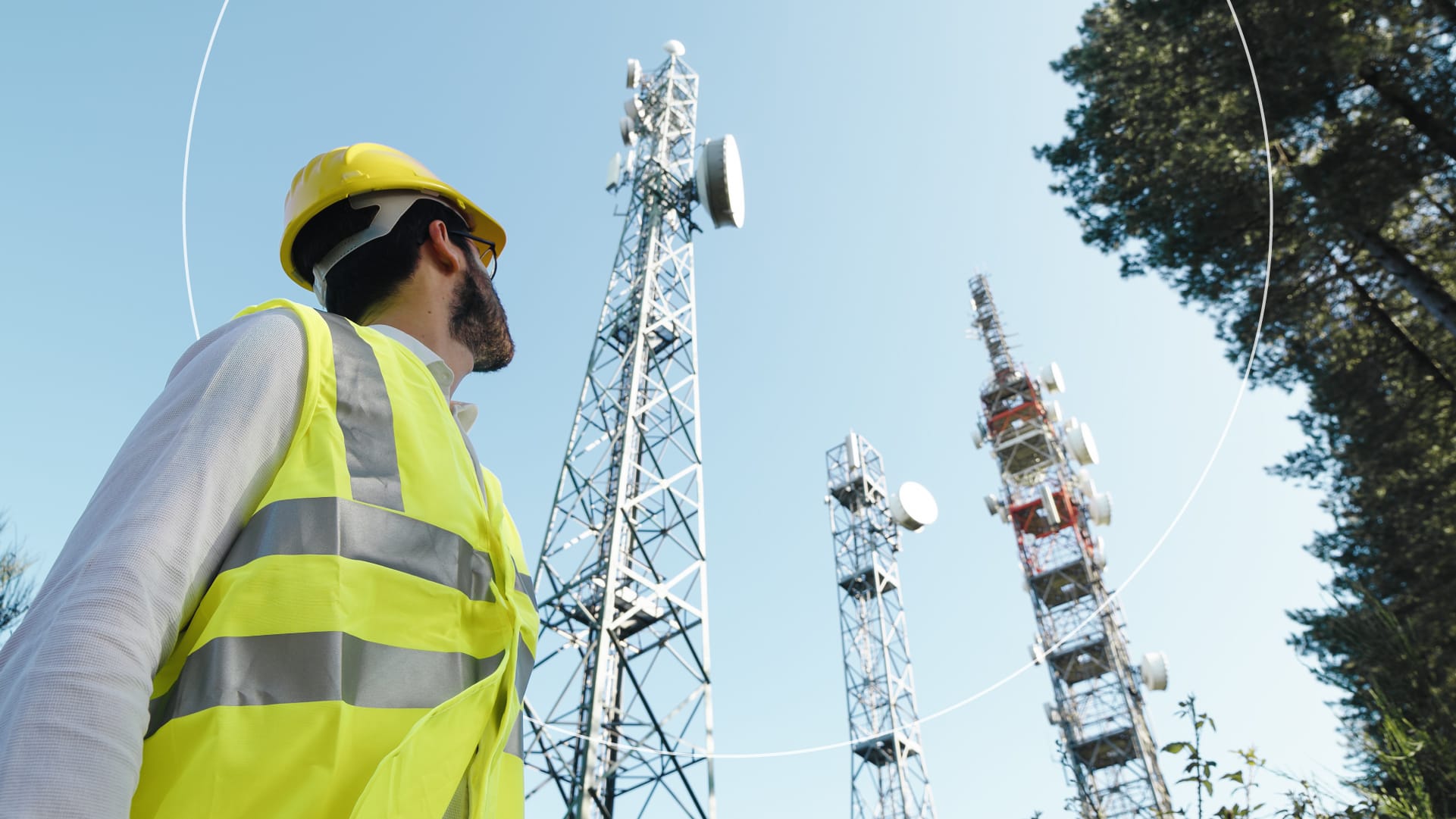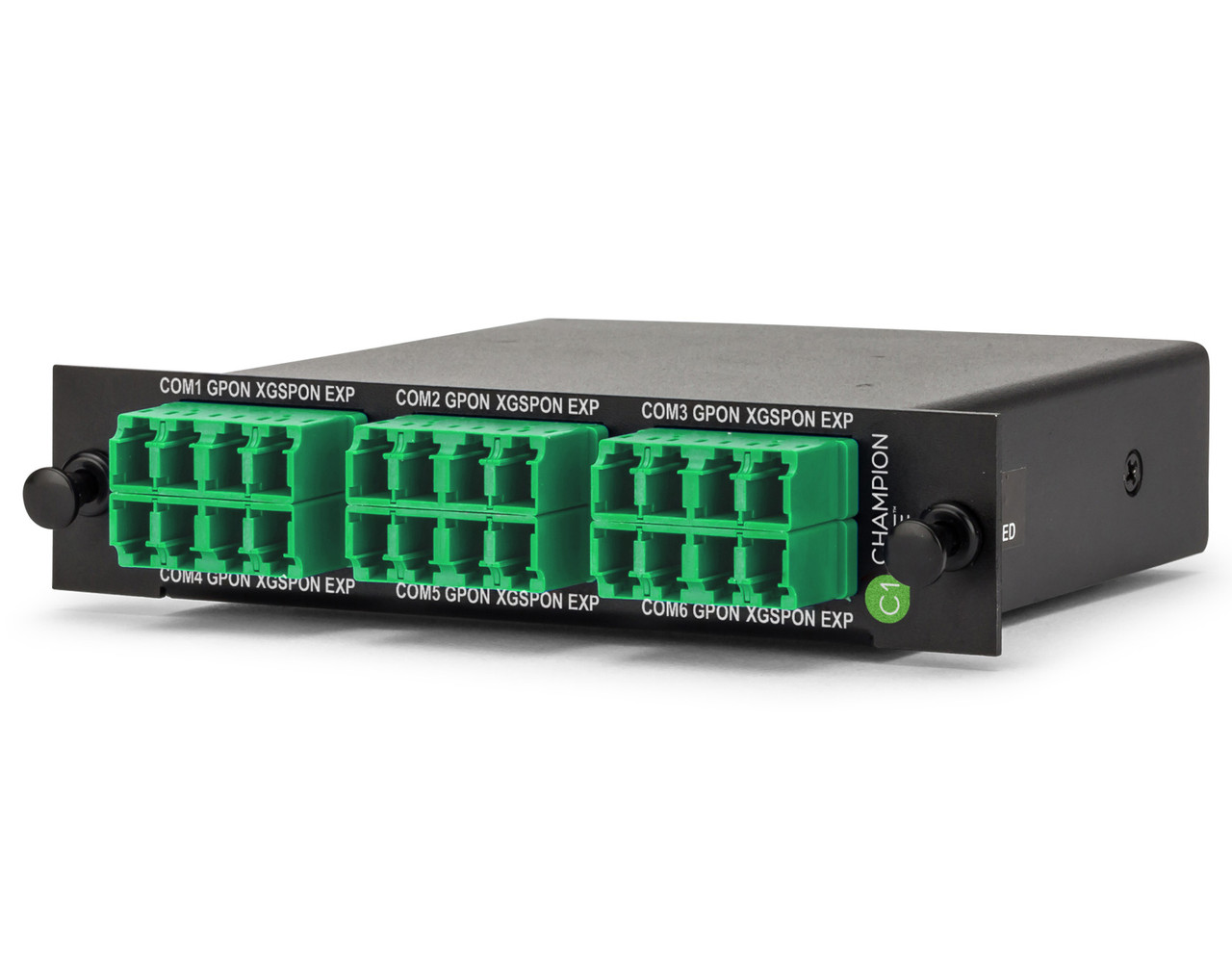So, what is the “Last Mile”?
Posted by Tim Yanda on Apr 15, 2024

Here's a hint – it's not a movie, but it's a way to get your movie. With all the hype around broadband networks, fiber, coax, and wireless, what exactly does it all mean? The advertising world is full of "my network is better than your network" talk. So, what is the best network? The short answer is the one that can deliver the needed bandwidth on a consistent and reliable basis.
How much bandwidth is needed for the last mile? That answer depends on what you need the network for. Modern networks can deliver 300 Mbps or greater, or they really aren't considered broadband. Hybrid fiber coax (HFC), passive optical network (PON), distributed access architecture (DAA), and 5G wireless networks all have their place in the last-mile arena.
HFC and DAA, further advancements in the HFC network, are traditional cable television (CATV) networks. They have a fiber backbone and a short coax network to reach customers. These networks have evolved over time and continue to deliver high-speed capabilities that now exceed 1G and will soon push speeds to 10G to the customer. They rely on a solid fiber infrastructure and a simplified coax network to deliver broadband by a Data Over Cable Service Interface Specification (DOCSIS) cable modem. These networks are flexible and offer a path to greater bandwidth over time.
A PON network of fiber to the home/business (FTTx) can be built and managed by a wide variety of network operators. FTTx networks have traditionally been built by telecom providers as they phased out the copper networks. Digital subscriber line (DSL) services are outdated and incapable of delivering the needed throughput to support a minimum of 300 Mbps services. Alternate providers (Google Fiber and others) built gigabit passive optical networks (GPON) to reach customers. PON networks, like HFC networks, share bandwidth amongst a limited number of customers. The FTTx networks have a clear path to 10G services with faster data rates in the early planning stages.
Wireless last-mile connections are based on the cellular providers' 5G Networks. These networks are also powered by fiber connectivity, but to the tower, and the last portion is via the 5G Network. The advantage of these networks is relatively quick deployment to a customer, as no coax or fiber cable needs to be installed to the home. The disadvantage is that the bandwidth is shared with all users in the specific cell, and there are propagation issues (dead spots).
As the broadband battles continue, the need for fiber increases and all of these networks will require a solid, expandable, scalable fiber infrastructure to grow with demand. There is no one-size-fits-all or best network – all these networks provide options for increased bandwidth of 1G and 10G now and higher soon. The starting point for the network operators' best option is what they have now and how they can build off of it. HFC/DAA has more fiber and short coaxial runs, and FTTx (PON) overlays 10G service on the optical distribution network (ODN). The FTTx community has planned for this as 1G, 10G, and beyond are using different optical wavelengths so expansion can occur with minimal disruption. Finally, how quickly can wireless providers add capacity at the cell site (tower) and overcome dead spot issues?
Approved Networks offers options that support all three major types of networks and is happy to discuss adding capacity through xWDM options, higher capacity transceivers, and more. Our engineering team has industry-wide experience with all types of networks, and we can develop a solution that fits your needs.



